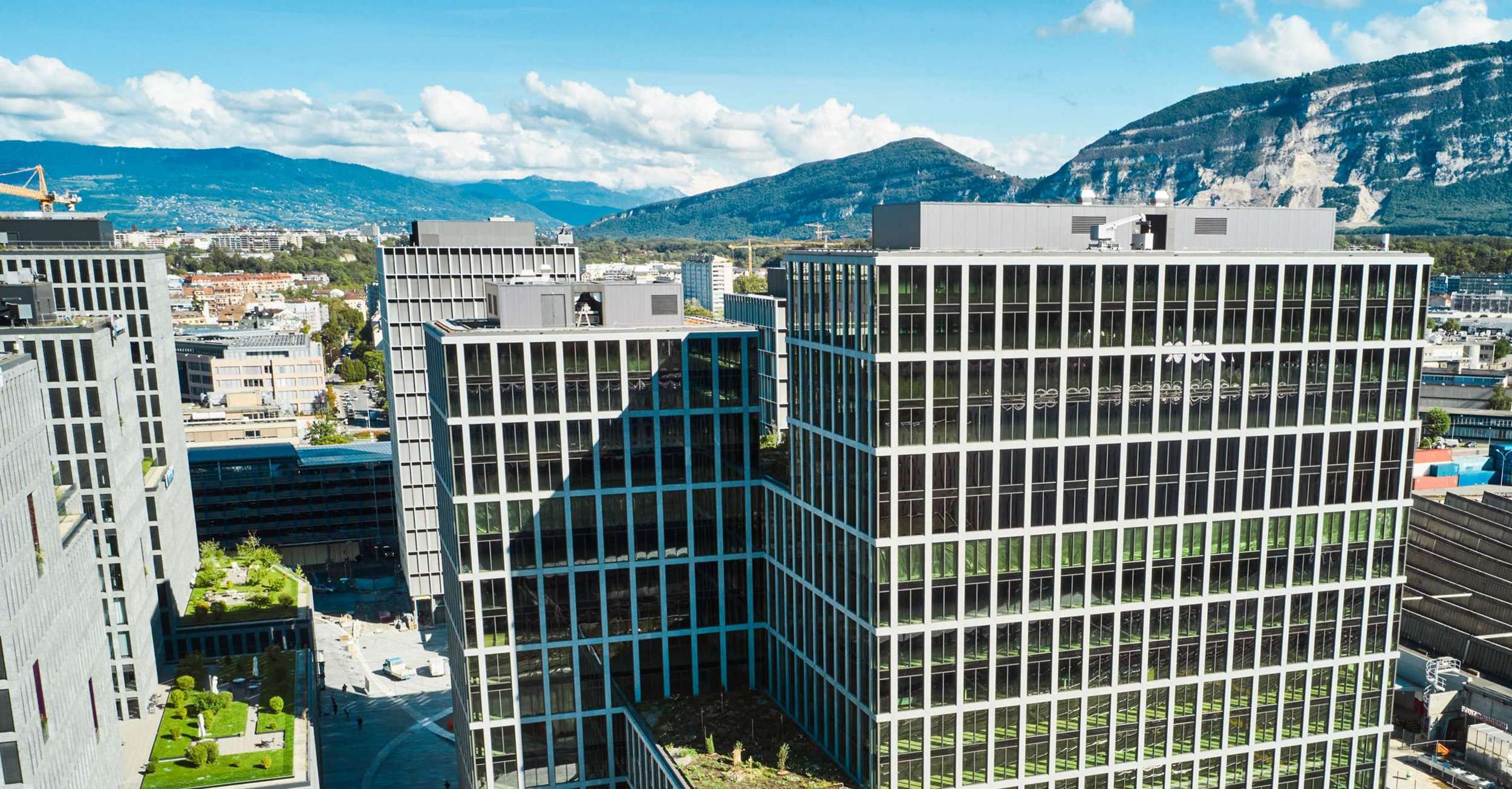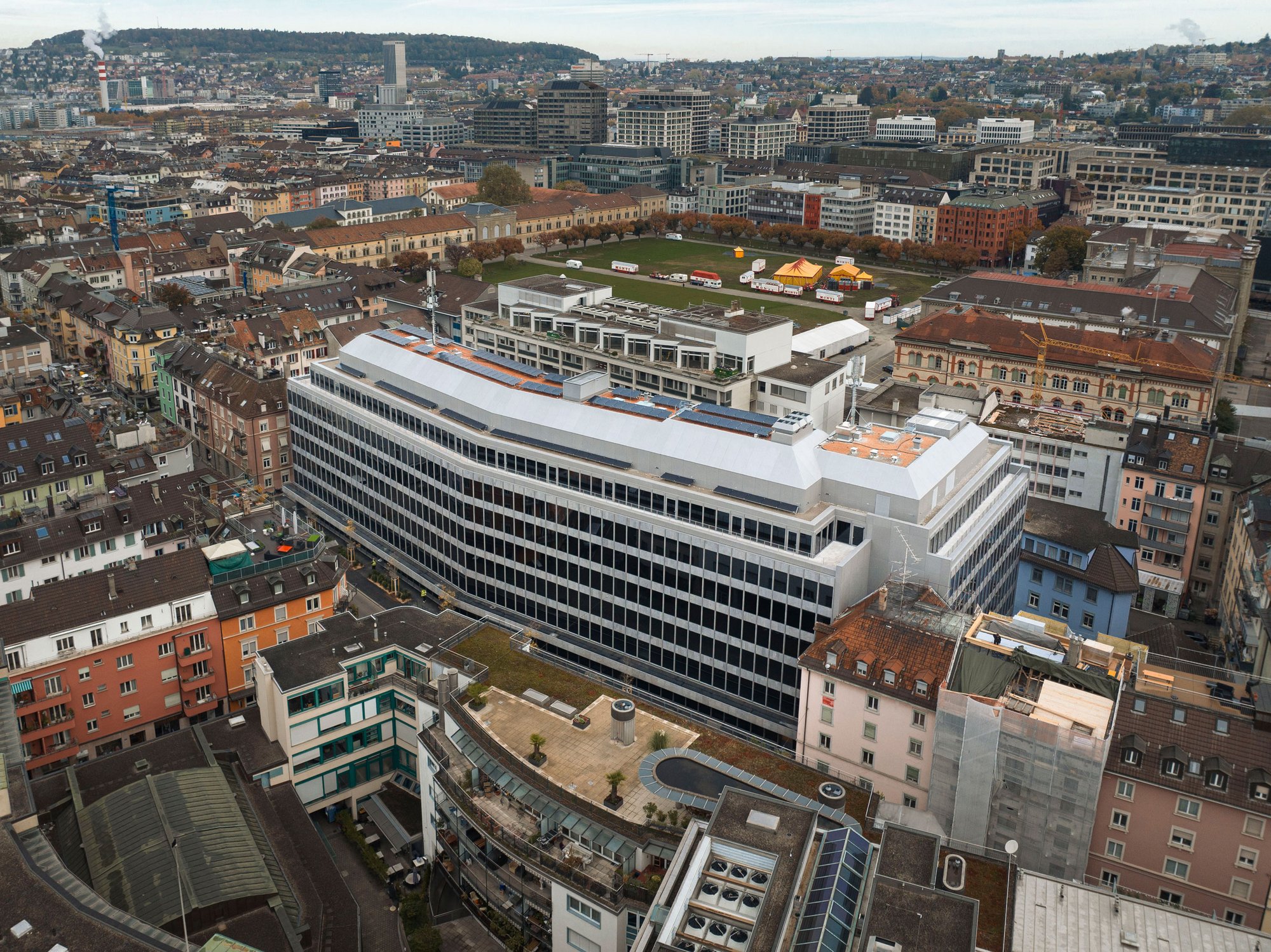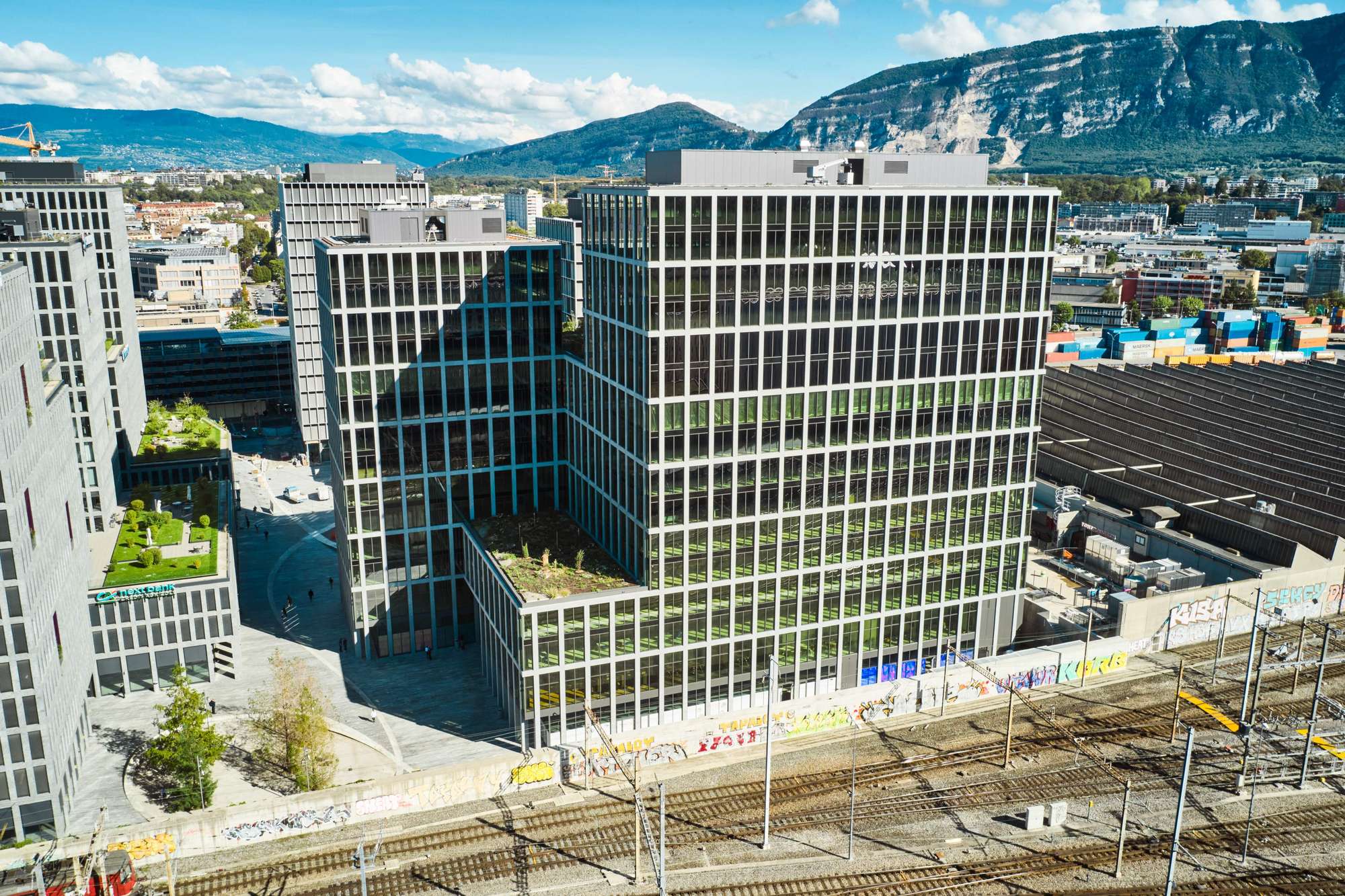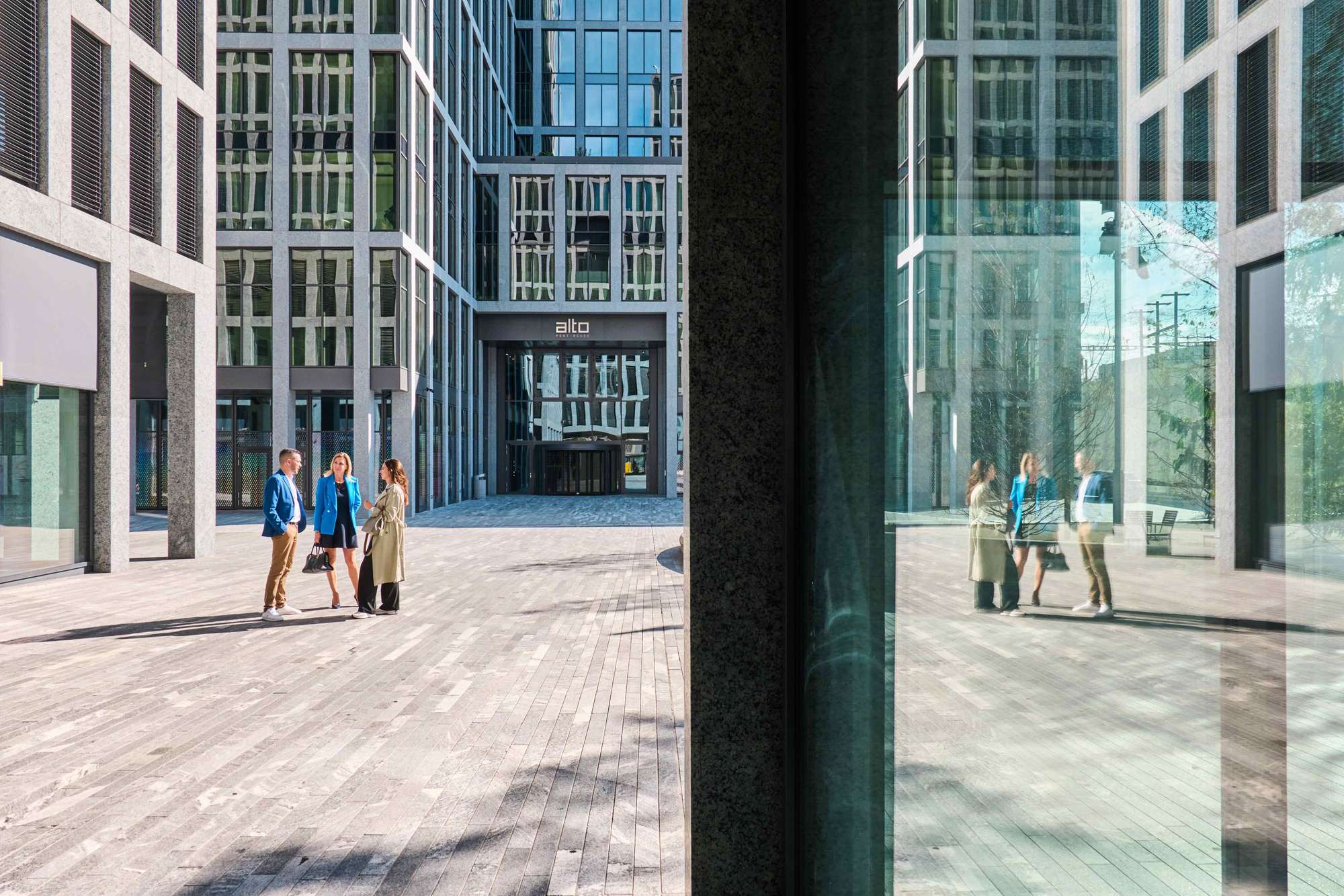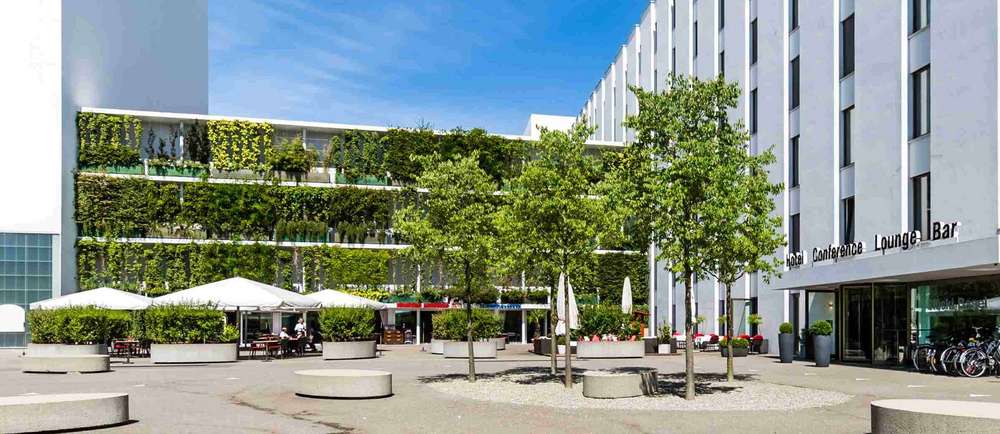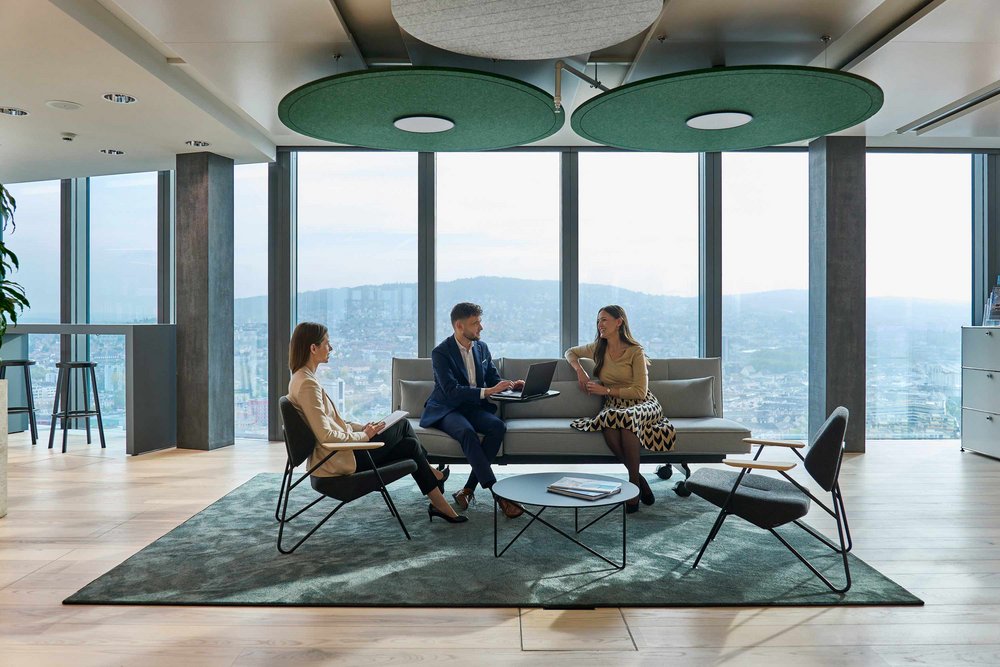Story Detail
10 potential solutions for the real estate sector
The discourse surrounding this population increase focuses mainly on living space – which is inevitably linked to real estate. With this in mind, we as an industry are keen to help make residential spaces available at attractive rental rates – and, in this way, do our bit to mitigate one of the key problems being raised.
Below we have set out ten possible approaches for achieving this:
1. Harnessing the momentum generated by population growth. Healthy population growth, which does not include illegal immigration, is a reality we need to accept and learn to live with. There is no use complaining about it. Our success is the key to ensuring our prosperity, and this calls for some clever thinking.
2. Spatial planning on a national level. The population is growing in line with economic strength, primarily in cities and metropolitan areas. In these places, it is important to be proactive in encouraging densification and intermixing, so we can create enough living space for everyone and shorten transport routes.
3. Standardising and depoliticising procedures. We need to streamline planning permission procedures, which have become far too long and complicated and are hindering construction work. Design plans all too often become embroiled in politically charged debates, delaying the development of urgently needed living space.
4. Putting a price tag on appeals. We are the world champions of appealing decisions – because it’s so easy to do. For example, protecting historic monuments or cultural heritage, or ‘overriding’ interests in accordance with the right to lodge an appeal, are frequently invoked. But are those always the real reasons for objecting to development projects? And why should it cost nothing to lodge an appeal?
5. Challenging authority. As the bodies most in touch with the people in their local communities, municipalities should be given more authority. The Inventory of Swiss Heritage Sites (ISOS) should be geared towards creating real added value and there should be a clear division of responsibilities between the federal government and the cantons on this.
6. Noise protection. When it comes to noise protection, legal frameworks should be put in place to create a standardised set of basic rules, and the legal system should follow a clear logic. The general noise level in a city is higher than in the countryside. Our cities are increasingly being overtaken by a library-like hush – and so losing the very thing that makes them vibrant urban hubs.
7. Intelligent infrastructure. Local and within easy reach – that is the ideal scenario we are aiming for when it comes to creating living space. This means mixing up residential and working districts – on shared sites, for instance – and providing the required infrastructure, such as schools, green spaces and eateries, as well as public transport services, as efficiently and effectively as possible. It is crucial to think about building in capacity for future growth right from the planning stage.
8. Building upwards for sustainability. Building higher may cast shadows over the surrounding area, but it is one of the most sustainable ways to create more living space in urban centres while taking up less ground area. High-rise buildings with strong architectural appeal can also become real landmarks.
9. Planning for the long term. The only constant is change – what we expect and need from buildings has evolved dramatically over time. Property owners need to think long-term and create living spaces where people want to spend time. These spaces should be designed with the future in mind, so they can be adapted in a resource-efficient way and managed sustainably as needs change.
10. Finding viable solutions that benefit the most people. Ideas need to be discussed with an open mind – without ideological bias. One key question to consider when exploring potential solutions is this: what do we really need to ensure quality of life in our country? Solutions that stand to benefit the vast majority should be prioritised over individual minority interests.
Creating sustainable living space for 10 million people in Switzerland is not an impossible task, but it requires a rethink at the political level, as well as amongst authorities, investors and the general population – basically anyone who will be part of this development, and therefore part of the solution, too.
This article was published as part of the NZZ publishing supplement «Real Estate» 2024 and refers to the real estate conference NZZ Real Estate Days on the topic «Solution approaches of the Swiss real estate industry for a 10-million Switzerland».
